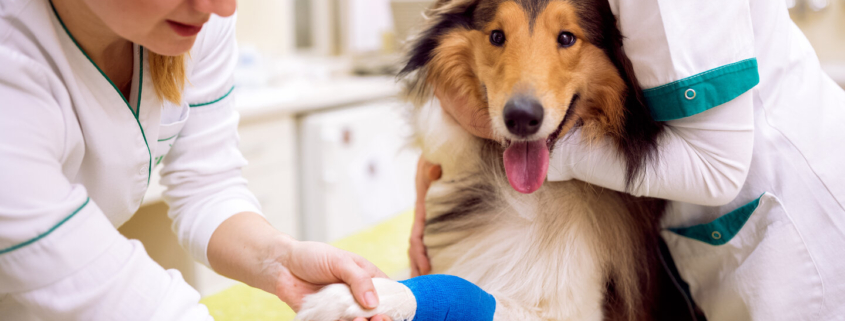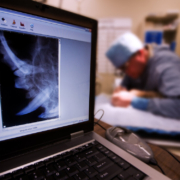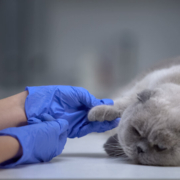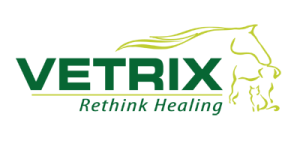A Guide to Managing Wounds for Veterinary Patients
Any successful wound management can be achieved through the correct application process and products. Managing wounds for your patients can be made easy in a variety of ways, and we have provided you with a handful of tips to make it smoother and more successful for your practice.
#1: Wound Irrigation
This can be effectively determined by the amount of solution or product used on the patient, rather than the kind of solution or product. There is no exact formula or measurement that fits each patient, which is why each patient should be treated uniquely and individually.
#2: Irrigation Pressure
By applying pressure to the site, bacteria can easily be removed from the wound and not cause more damage to the surrounding tissue.
#3: Debridement
If there are any foreign objects located in the wound or in the surrounding areas, assess the necrotic tissue. Evaluate if it should be removed, but—if the tissue viability is questionable—then wait and reassess in the coming days.
#4: Topical Agents
Topical creams or our Healion Amniotic Particulate Matrix can be applied at the right time to the wound, and can play an essential role in the healing process.
#5: Contact Bandages
After the topical agents or the healion matrix are applied, cover the site with a bandage to ensure a protected healing environment.
Healing Process
The ultimate goal of restoration and healing for the epithelial surface can take time, and often has different phases.
The first phase is the inflammation and debridement phase, which lasts three to five days after the wound has occurred. By draining the site, killing bacteria, getting rid of debris, and applying topical creams, the site will settle down and the healing process can truly start.
The second phase occurs from day four to 12, generally speaking. During this time, the wound closes, and tissue is regenerated.
The last phase is the maturation phase, which begins when collagen orients stress lines. This phase doesn’t have a specific timeline due to the different kinds of wounds, with some deeper or more severe than others. The strength of the skin can be healed by about 10% at two weeks, 25% by four weeks, and 80% by a couple of months.
Contact Us
Contact us today to talk with one of our representatives about the ways you can implement successful and productive healing in your veterinary practice. Managing your patients’ wounds is a quintessential aspect of your practice, therefore it should not be neglected. Head to our website today to learn more!






